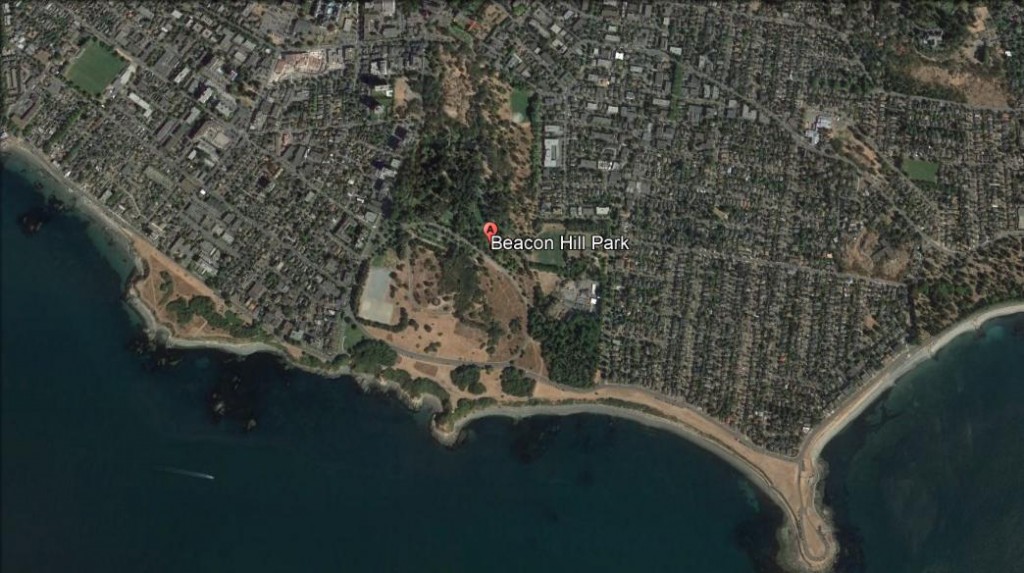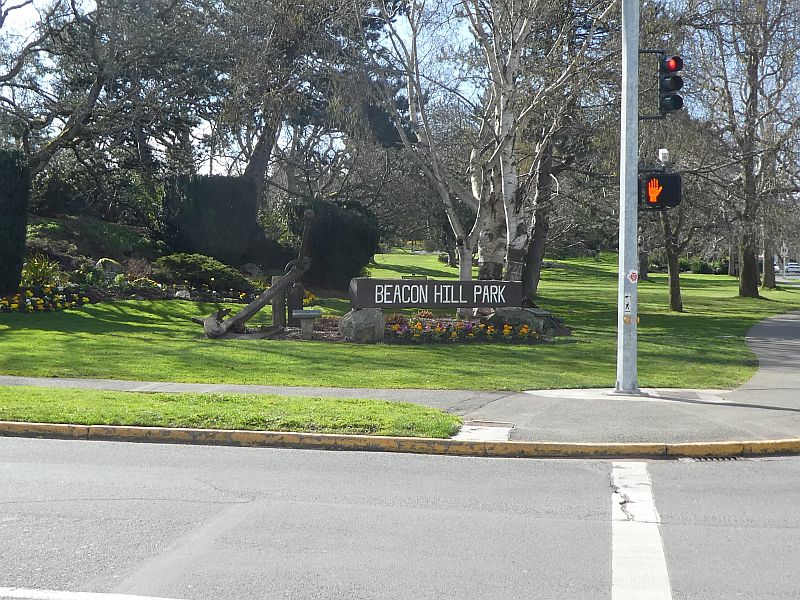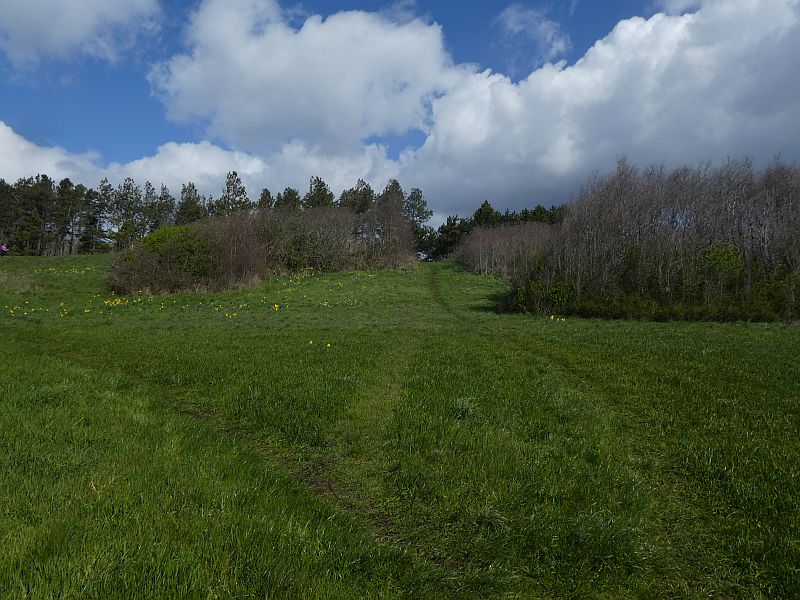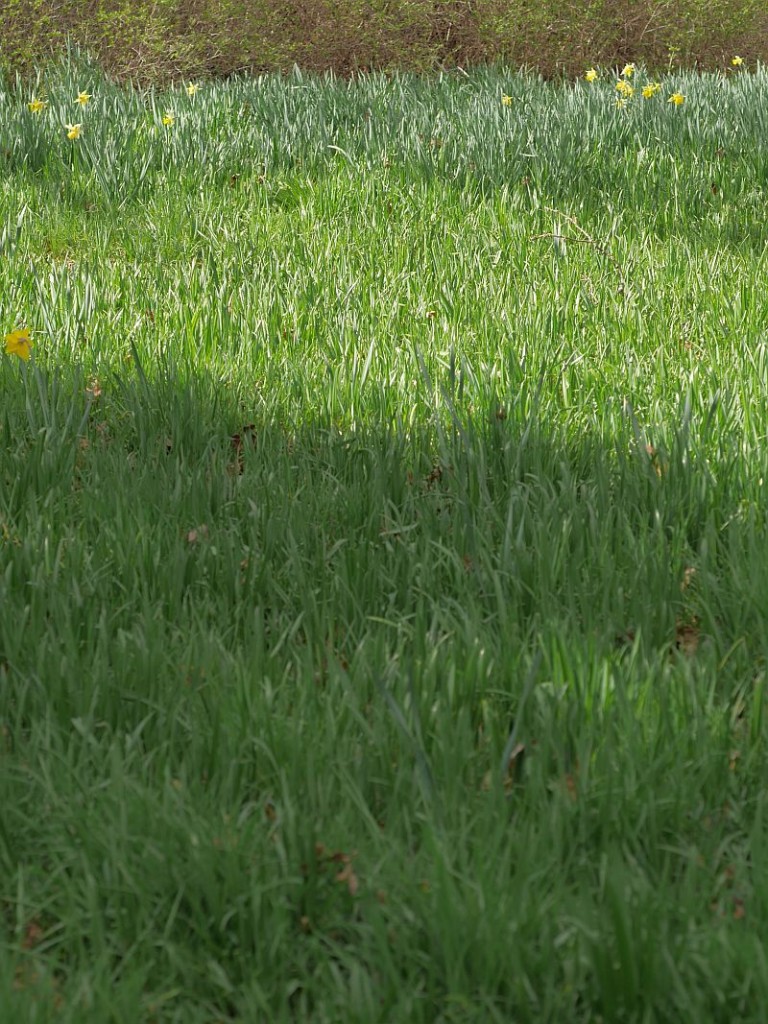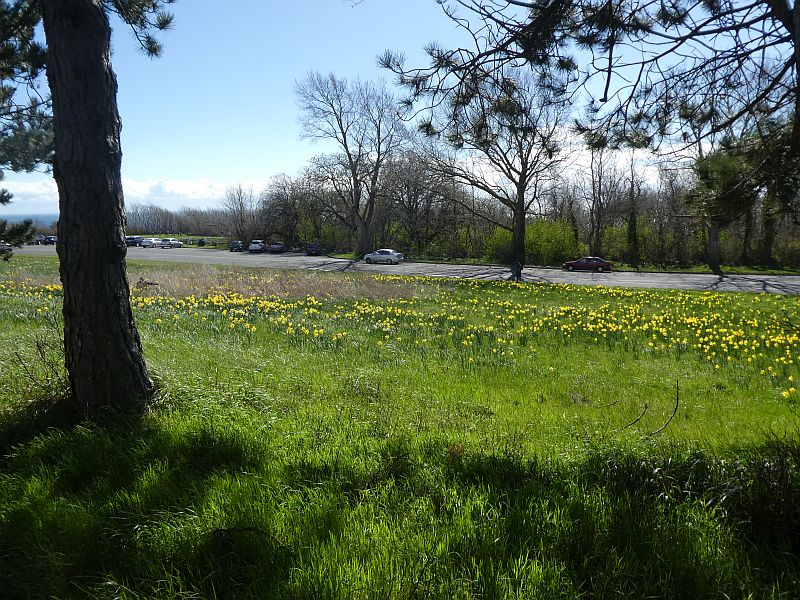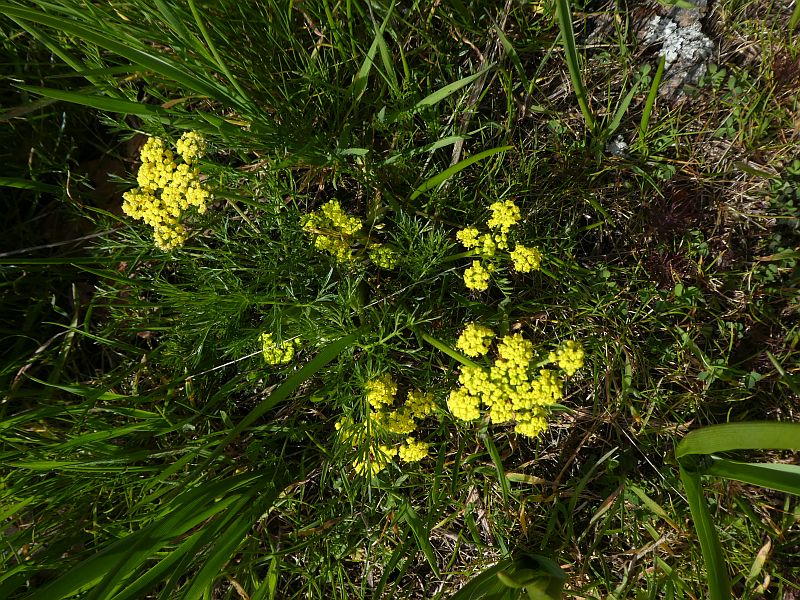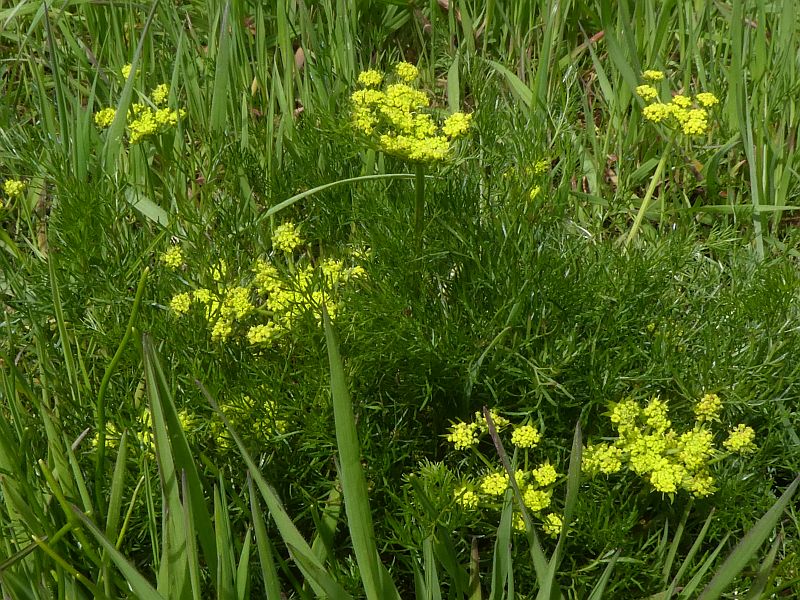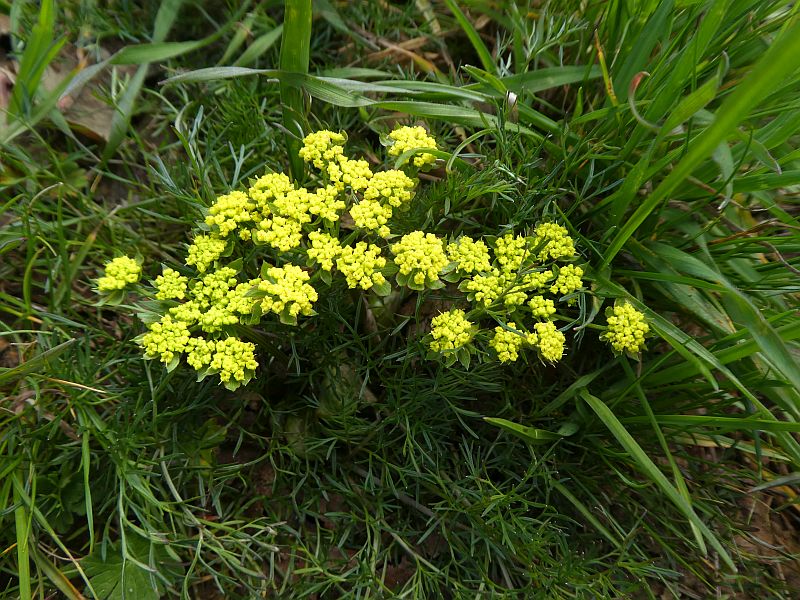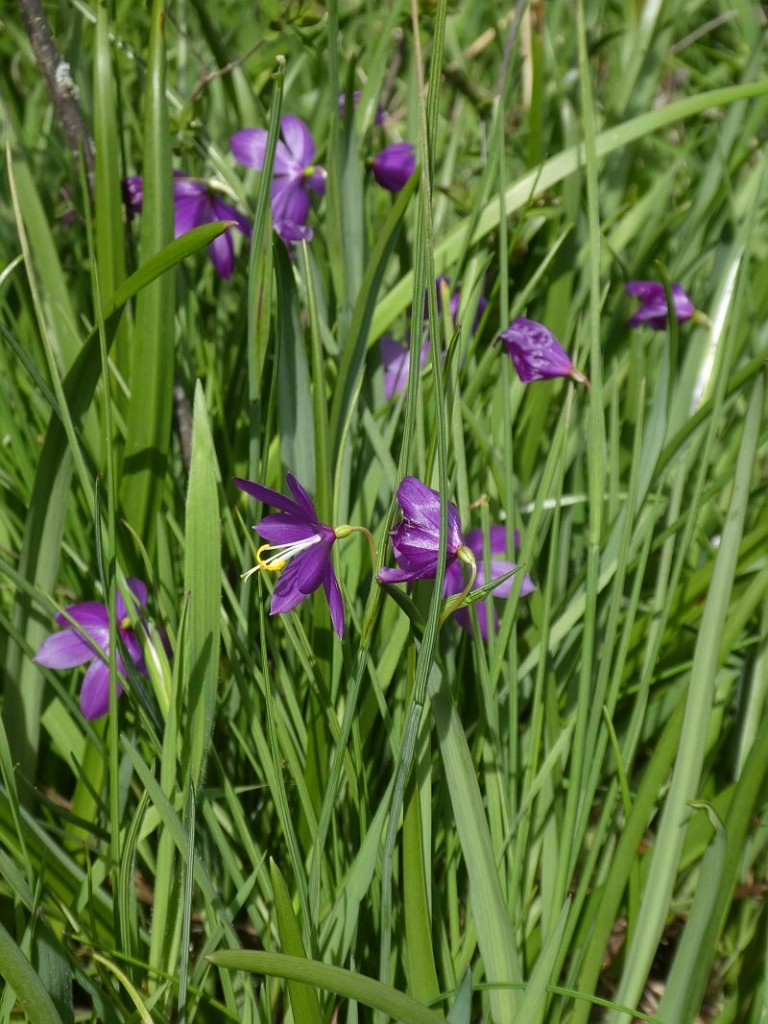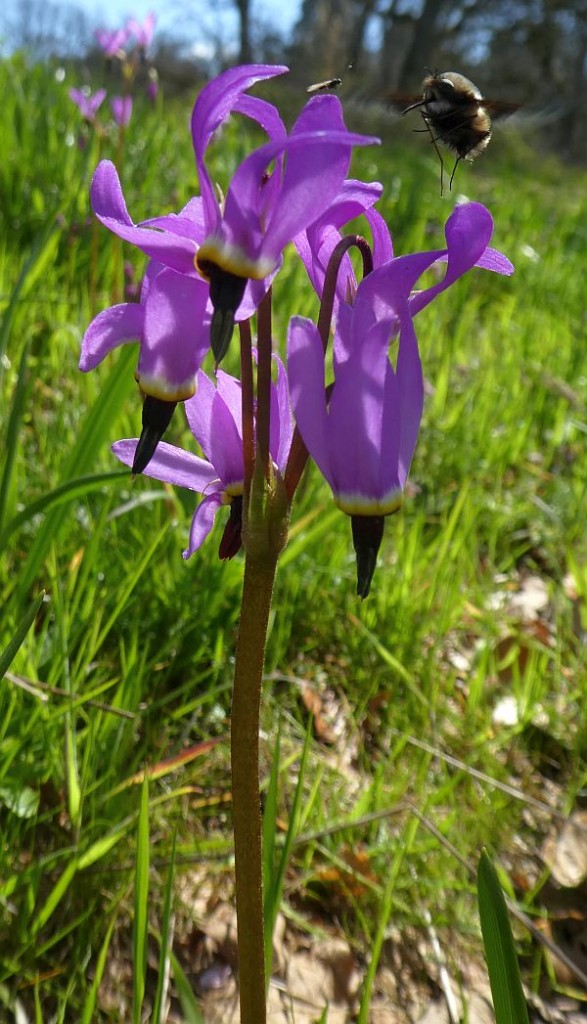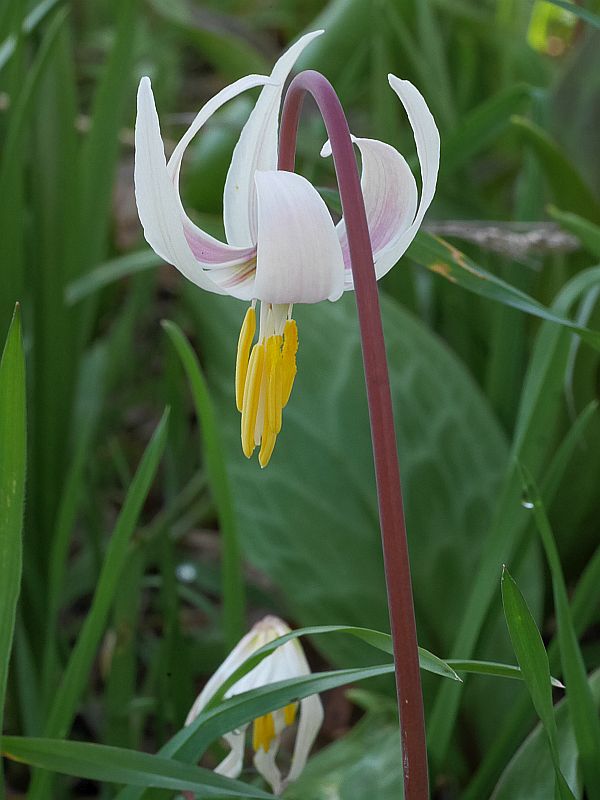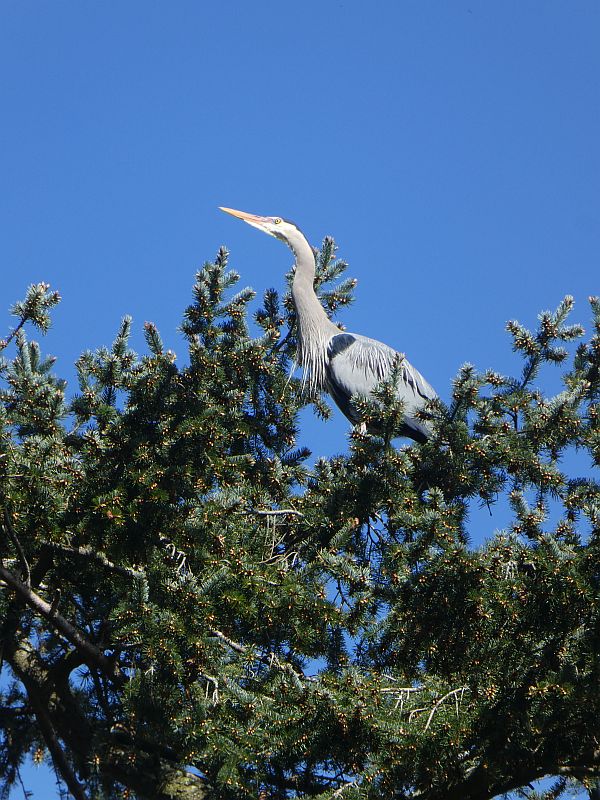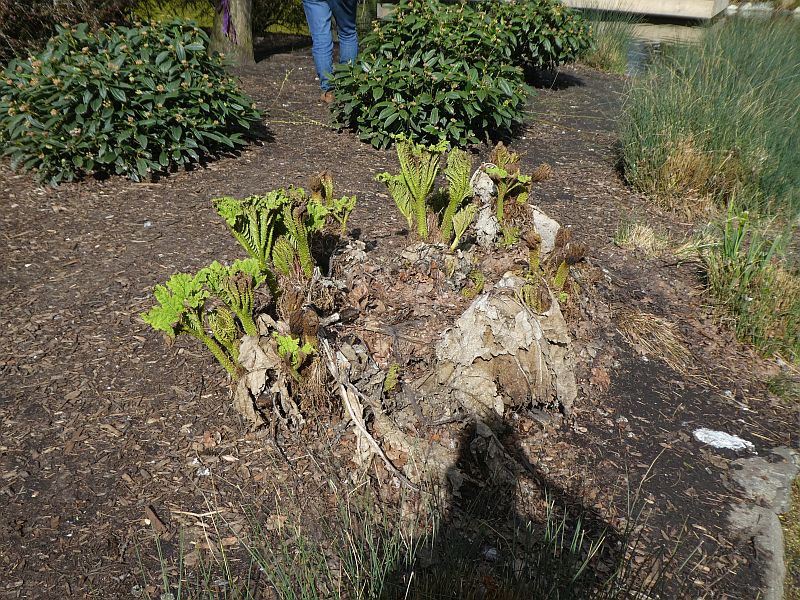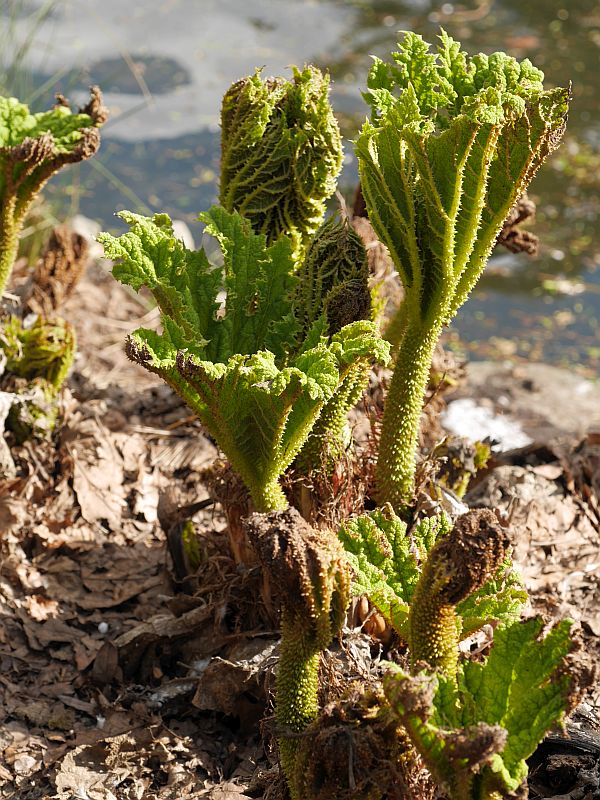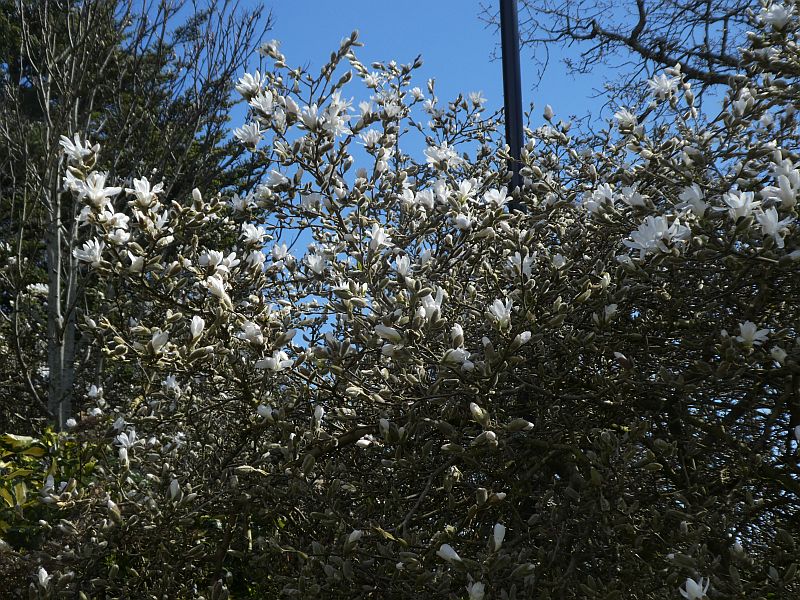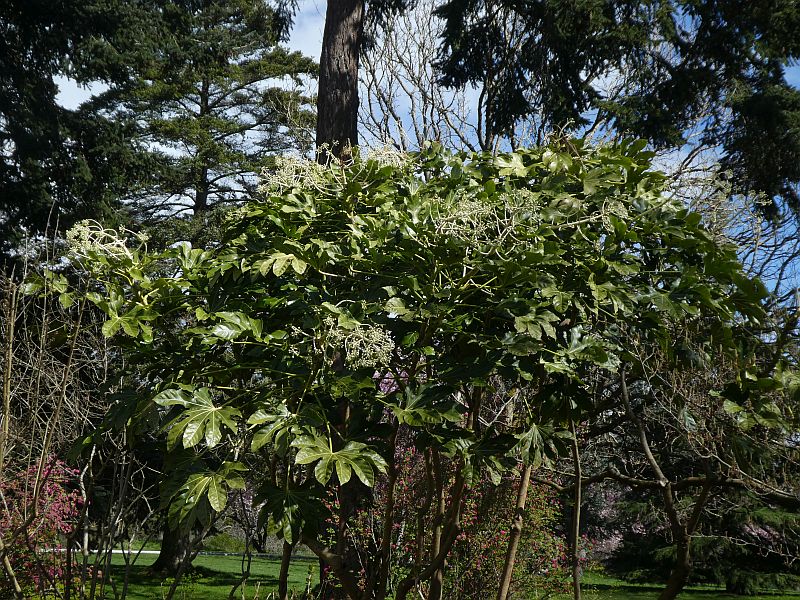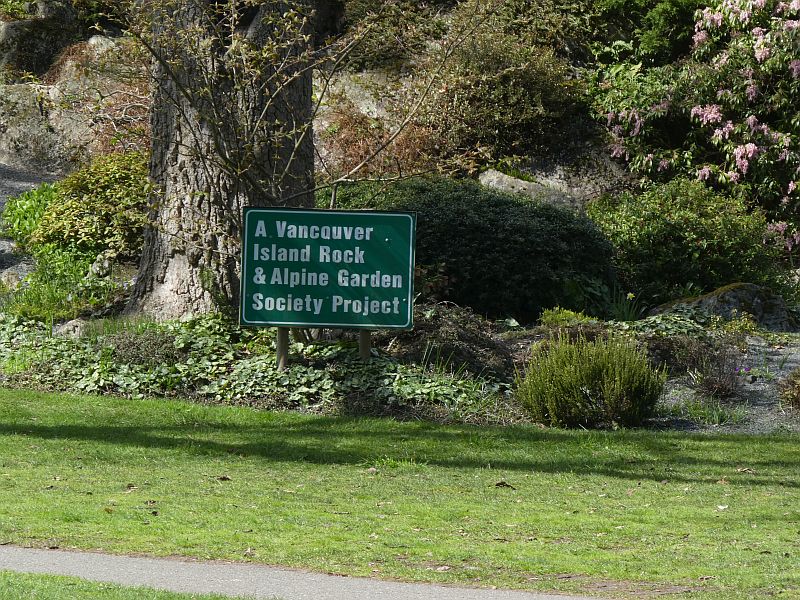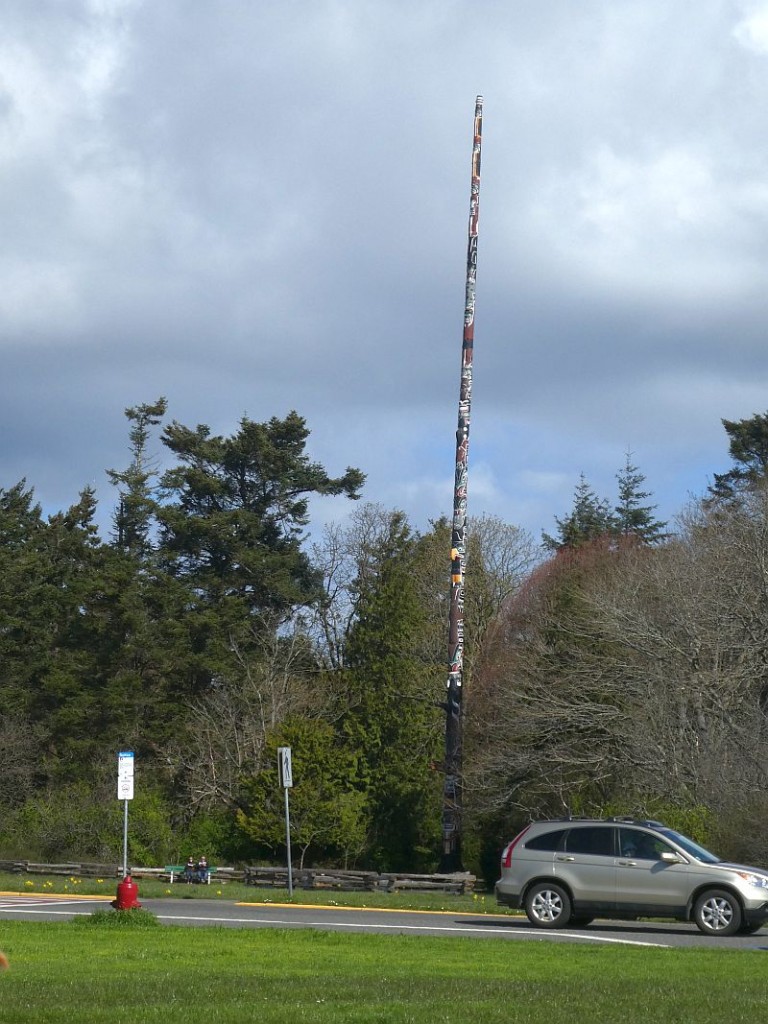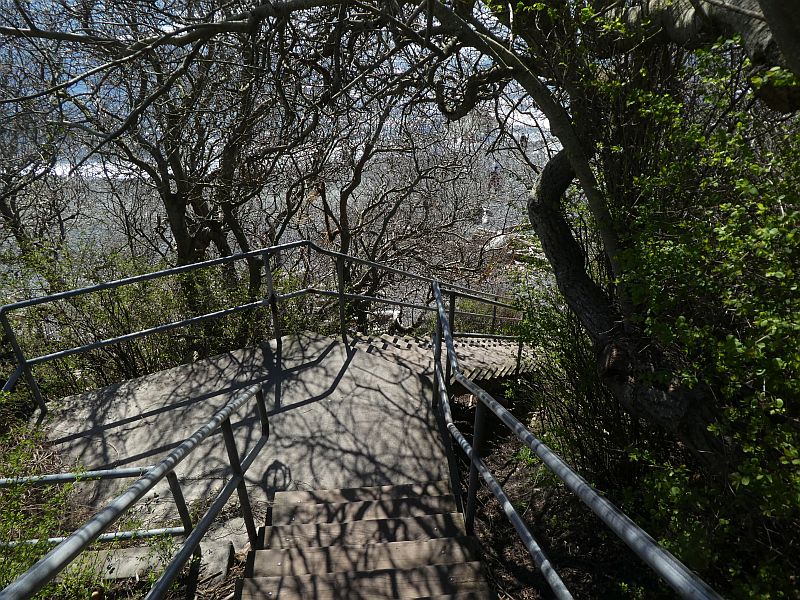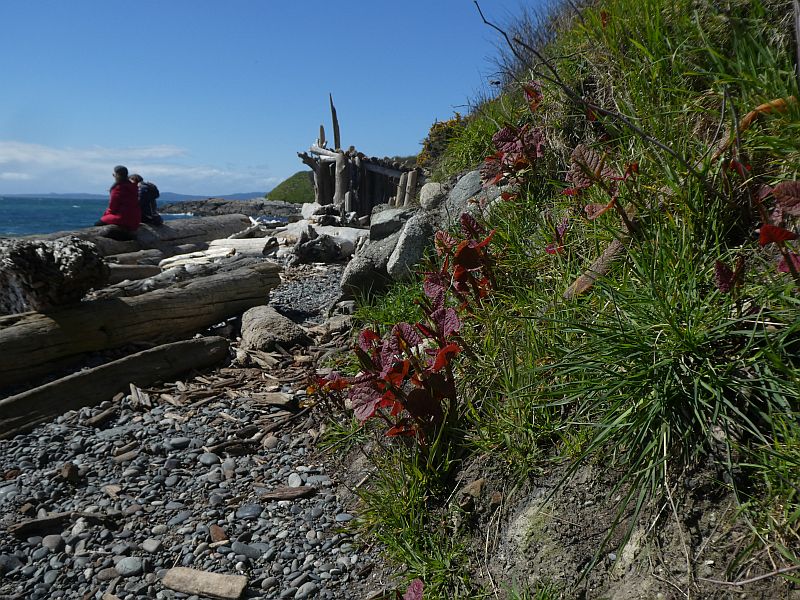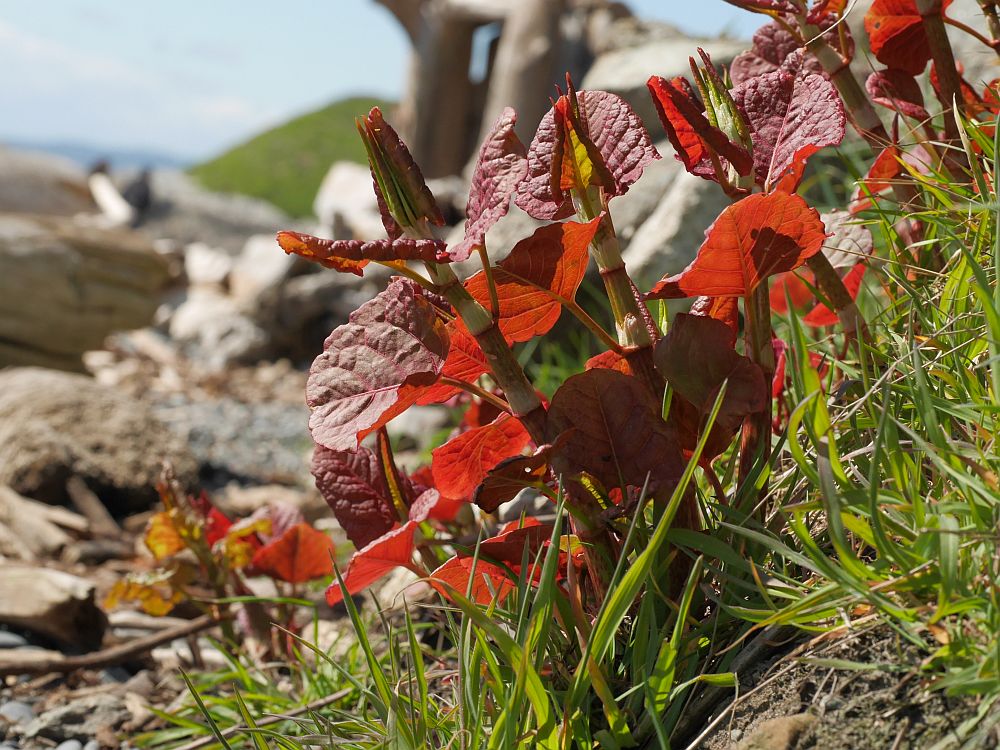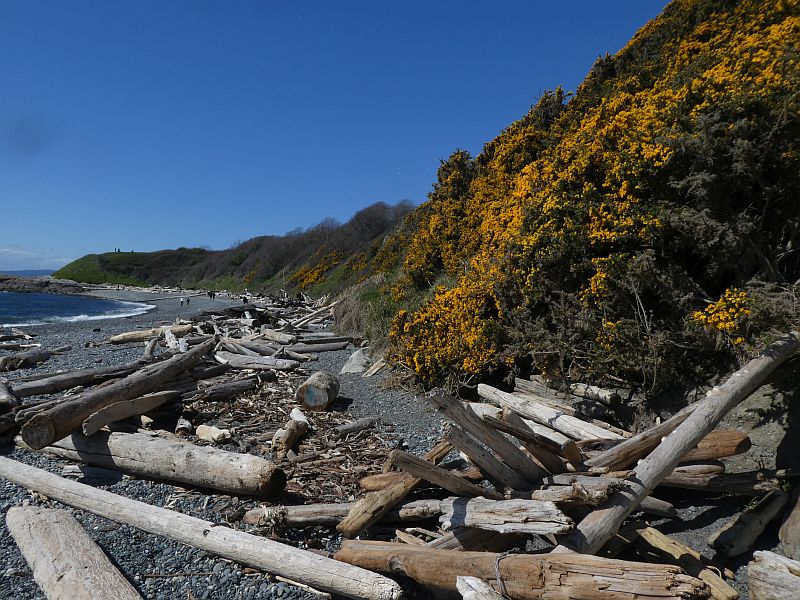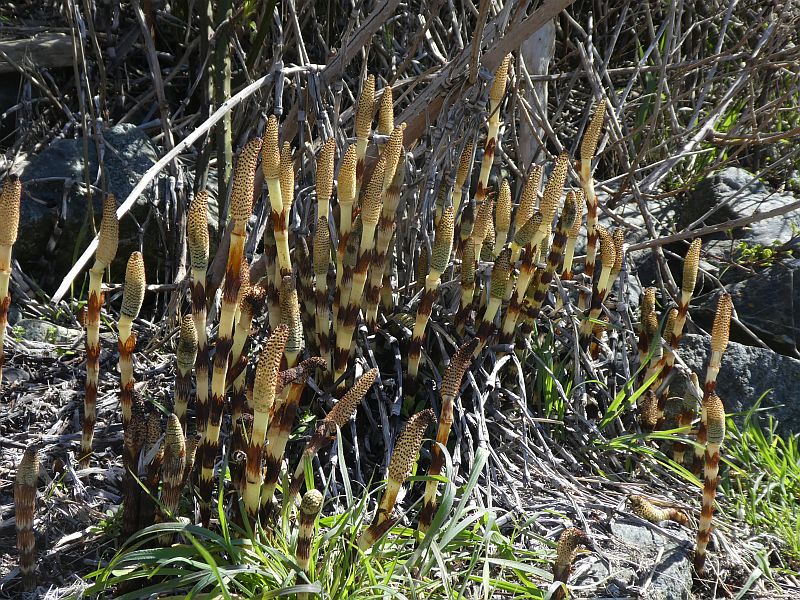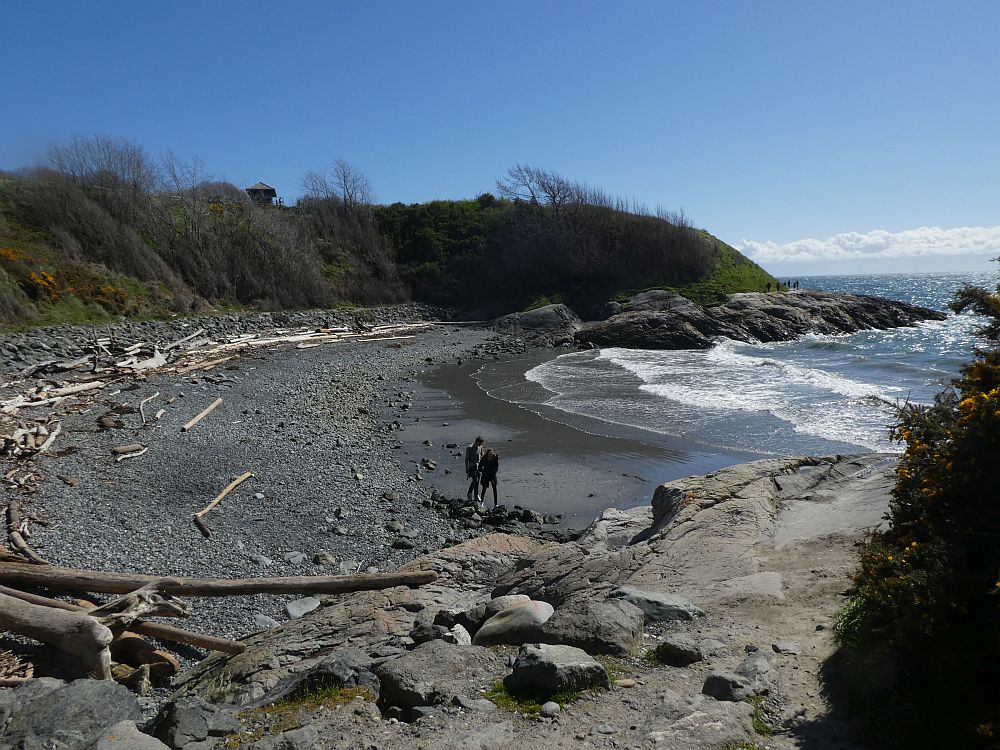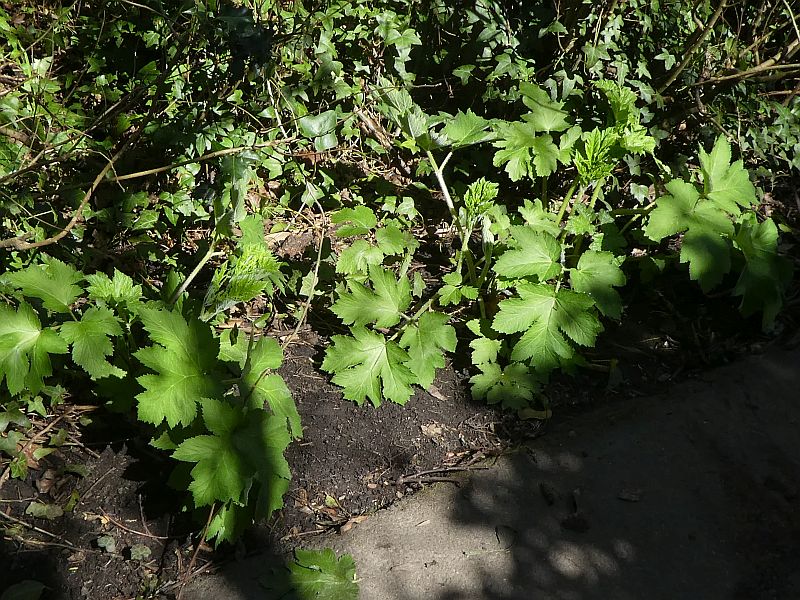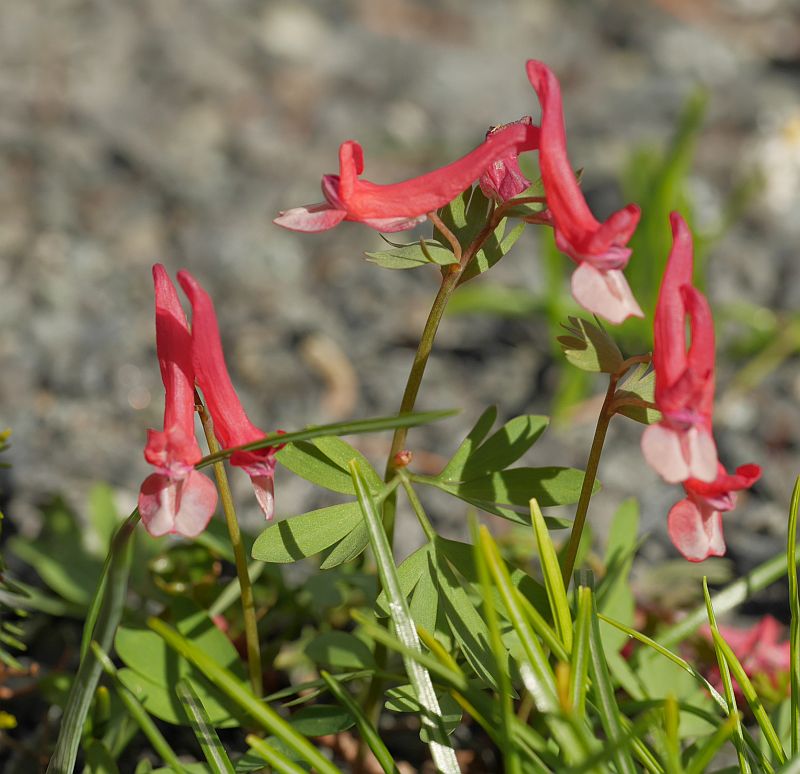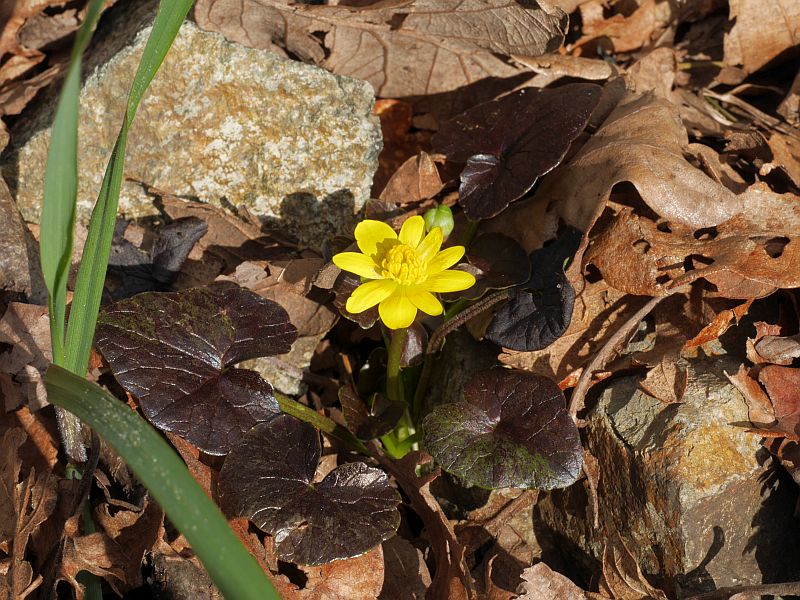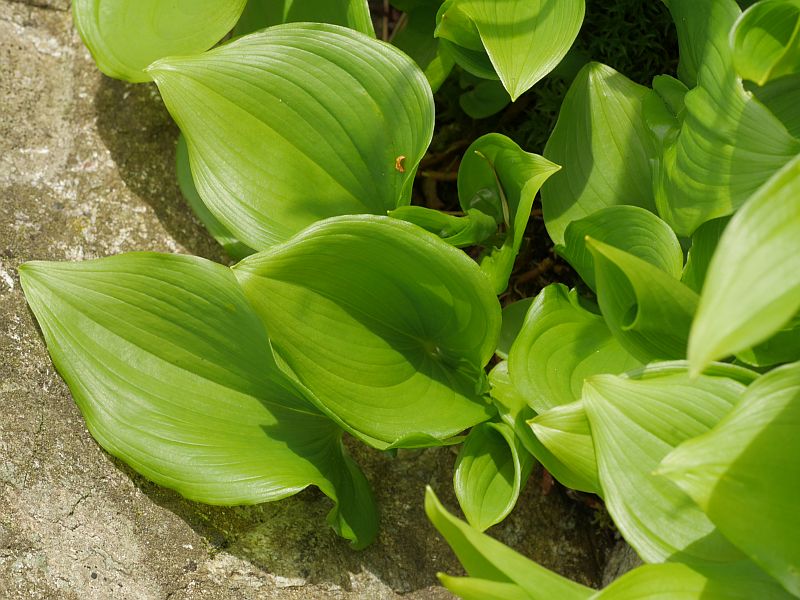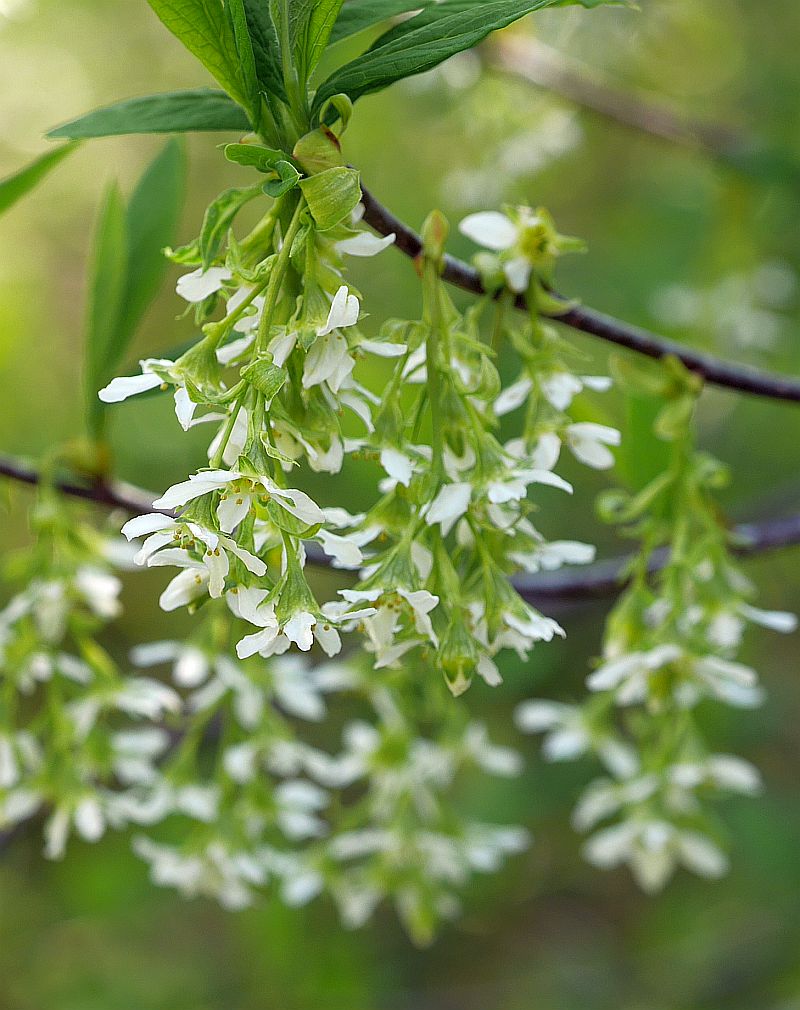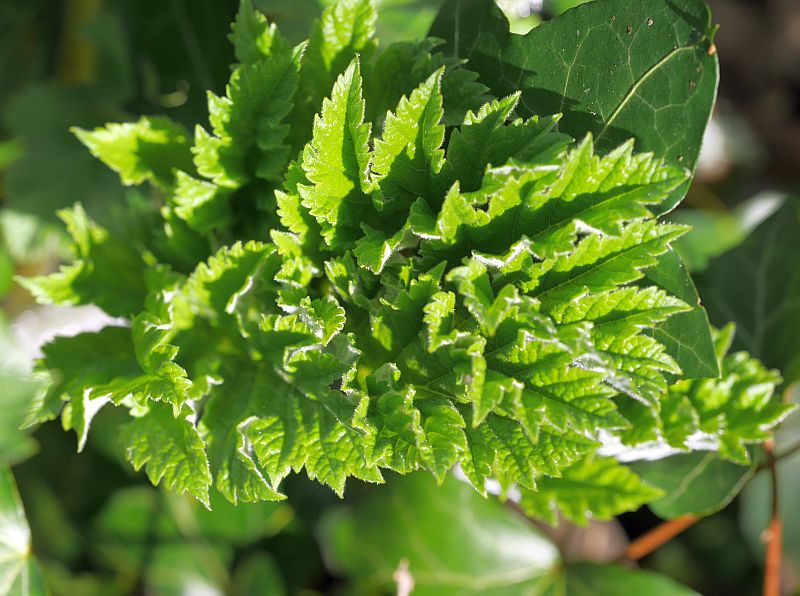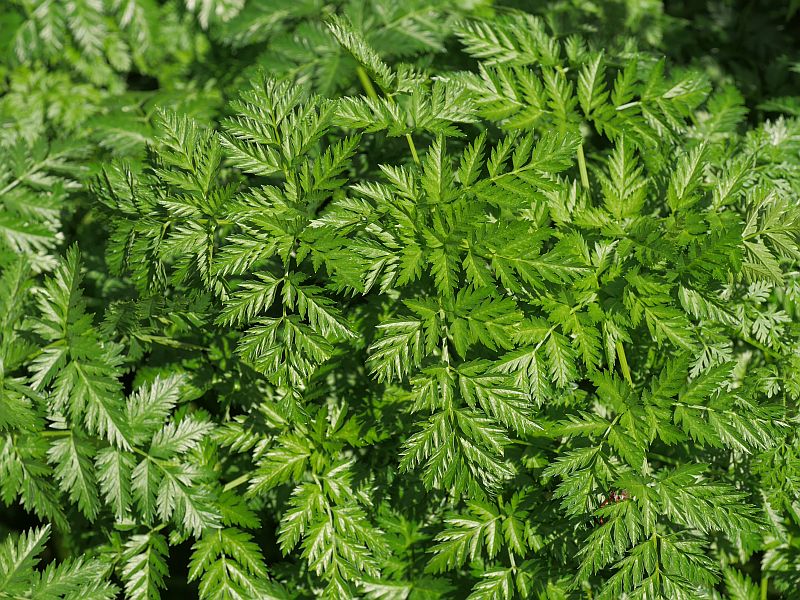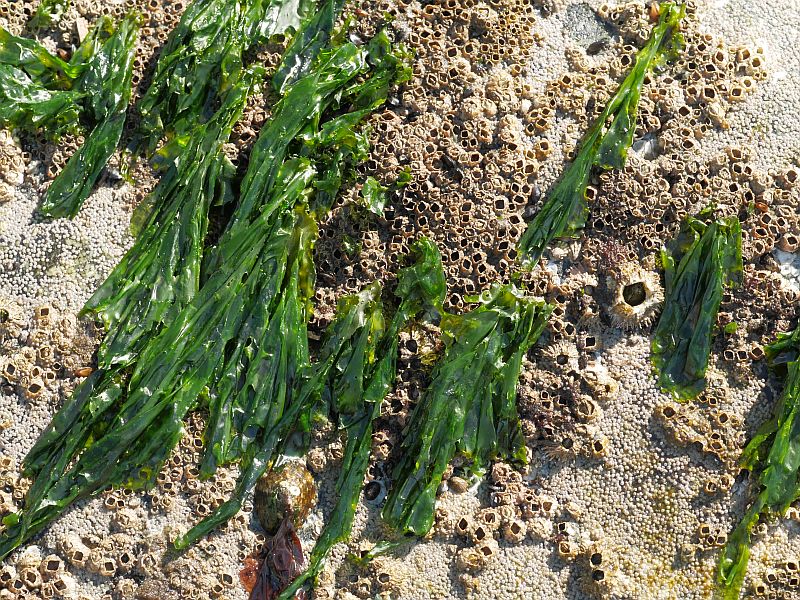After the Indigenous Plant Walk the day before, my Airbnb hostess Kelly Kerr invited to show me around the Beacon Hill Park, a 200 acre mix of both natural areas, formal flower beds, but above all else the site is of great cultural significance to the Lekwungen People (now known as Esquimalt Nation and Songhees Nation). In fact, the City of Victoria has adopted 2017 as a Year of Reconciliation, and a traditional longhouse will be built on a hilltop site! When the British arrived they wrongly assumed that the open meadow landscape was “natural” and unused. In fact, the Lekwungen had cultivated and maintained these shrub-free grasslands for centuries. The meadows were worked to grow camas which was their most important root crop, as well as other edible wild plants. Both common and great camas (Camassia quamash and Camassia leichtlinii) were used. This habitat was reminiscent to the English of the ideal 19th century parkland landscape that they recognised from home and was instrumental in Victoria being founded at this site!
The Beacon Hill area was apparently “one of the most productive camas territories on Vancouver Island,” The Lekwungen people both harvested bulbs for their own use and also traded with other west coast peoples. Thankfully, it is now likely that these productive and butterfly rich grasslands will be gradually restored. The album of pictures were taken in the park and along the adjacent shoreline where native families would arrive in the past for the harvest. They would harvest the bulbs in summer when the seed heads were ripe. Only the largest bulbs were harvested and the others replanted. Invasion by shrubs was minimised by regular burning. Each family had its own designated area. The practice of farming natural areas in this way was commonly practiced around the world by native peoples.
The first shooting stars (Dodecatheon)
Lomatium utriculatum

